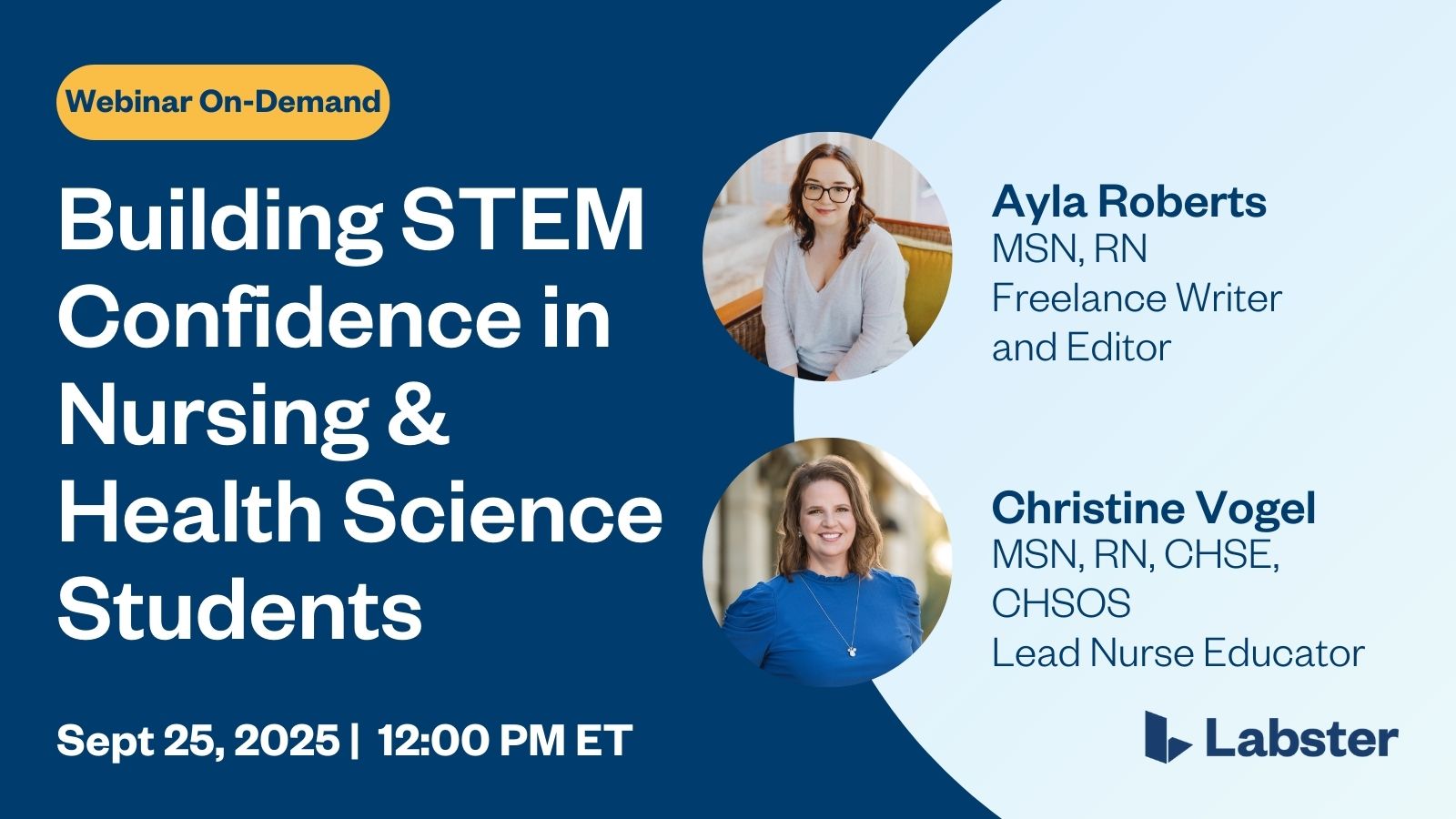
Table of Contents
Name of the heading
Today’s STEM students juggle more than ever—shorter attention spans, diverse needs, and busy schedules. Whether you’re guiding them through tough chemistry formulas, coding their first app, or flipping your classroom, the right edtech can save you time and energy while boosting student learning and engagement.
From virtual labs and interactive assessments to collaboration platforms and wellness apps, we’ve handpicked tools that fit every teaching style: online, hybrid, or in-person. Here’s your essential toolkit to empower yourself and help students thrive in 2025 and beyond.
Interactive Assessment Tools
Knowt
Knowt is a free flashcard and quiz tool that supports spaced repetition, helping students retain core STEM concepts over time. Whether it's physics formulas, chemical compounds, or bio vocab, Knowt makes it easy for students to create, study, and quiz themselves.
Nearpod
Active learning meets real-time insights. Nearpod helps instructors boost engagement and track comprehension with formative assessments, interactive videos, VR content, and gamified activities. Use it to walk students through complex STEM topics like cell division or coding logic with interactive checkpoints and embedded questions that adapt to student understanding.
Kahoot!
Still the classic for high-energy quiz games, Kahoot! is a great way to reinforce STEM concepts before a test or bring engagement into homework. It works live or asynchronously and integrates with Google Classroom. They even have a version just for higher education.
Formative
Formative lets you embed questions directly into lecture materials and track student responses in real time. Use it to assess understanding mid-way through a chemistry problem set or while walking through physics equations on screen.
Virtual Labs
Labster
Labster’s interactive simulations help students make sense of tough STEM topics, boosting grades, confidence, and engagement along the way. With 300+ virtual labs in biology, chemistry, health sciences, and beyond, Labster supports everyone, including struggling students catching up, confident students deepening mastery, and instructors getting valuable class time back. On average, Labster improves course pass rates by a full letter grade and helps make STEM make sense for all learners.
STEM Coding
Scratch
Developed by MIT Media Lab, Scratch introduces coding through block-based programming. Students can build simulations, interactive games, and animations while learning logic and computational thinking, which is helpful for introductory CS courses.
Collaboration & Design Tools
Figma
Used in tech and design industries, Figma is great for STEM classrooms focused on prototyping, UX, or data visualization. Students can co-design apps, map out systems, or create diagrams, all in real-time.
Miro
This virtual whiteboard is ideal for flowcharts, lab planning, systems modeling, and group brainstorming. Miro supports collaborative thinking, making it useful for STEM group projects and concept mapping.
Content Organization & Productivity
Notion
Notion helps instructors manage class content, organize lab schedules, and share project guidelines all in one place. Build course hubs, track student progress, and create STEM-specific databases for everything from formulas to reading logs.
Hypothesis
Get students critically engaging with scientific papers, textbook chapters, or OERs. Hypothesis allows collaborative annotation of web-based documents, ideal for STEM reading assignments where peer insight and clarification are key.
NotebookLM
NotebookLM is an AI-powered assistant that helps your STEM students study smarter. Students can upload lecture slides, lab reports, or research articles and instantly generate summaries, quizzes, and study guides. It’s great for supporting students through dense topics like organic chemistry or circuits and even lets them “chat” with the material or turn notes into a podcast for on-the-go review.
Mental Wellness
Headspace
Teaching STEM can be as mentally taxing as it is rewarding. Headspace offers educators science-backed tools like guided meditations, breathing exercises, and focus music to manage stress, stay sharp, and recharge between classes or labs. Whether you’re juggling lesson plans, grading problem sets, or just need a reset after a tough lecture, Headspace helps you show up as your best self for your students and yourself.
Happify
Built on positive psychology and cognitive behavioral science, Happify offers science-based activities and games to reduce stress, boost resilience, and improve focus—ideal for instructors looking for a structured, research-driven approach to mental wellness.
Insight Timer
A free platform with thousands of guided meditations, music tracks, and talks specifically designed to help reduce stress and prevent burnout. Great for quick mindfulness breaks between classes or decompressing after grading marathons.
Bonus: LMS-Integrated Tools
Schoology & PowerSchool
If your institution uses these, you can maximize your workflow by integrating apps like Labster or Kahoot! to keep everything in one place.
Google Workspace for Education
Docs, Sheets, and Slides still rule for collaboration. Combine with tools like Hypothesis, Miro, or EDpuzzle for a powerful STEM stack.
Ready to Build Your STEM EdTech Stack?
Whether you're focused on reinforcing biology vocab, improving code collaboration, or calming your own test-week nerves, there’s a tool here for that.
You don’t need every tool, just the ones that align with your teaching goals and your students’ needs. Start small. Test a few. Keep what works.
FAQs
Heading 1
Heading 2
Heading 3
Heading 4
Heading 5
Heading 6
Lorem ipsum dolor sit amet, consectetur adipiscing elit, sed do eiusmod tempor incididunt ut labore et dolore magna aliqua. Ut enim ad minim veniam, quis nostrud exercitation ullamco laboris nisi ut aliquip ex ea commodo consequat. Duis aute irure dolor in reprehenderit in voluptate velit esse cillum dolore eu fugiat nulla pariatur.
Block quote
Ordered list
- Item 1
- Item 2
- Item 3
Unordered list
- Item A
- Item B
- Item C
Bold text
Emphasis
Superscript
Subscript





